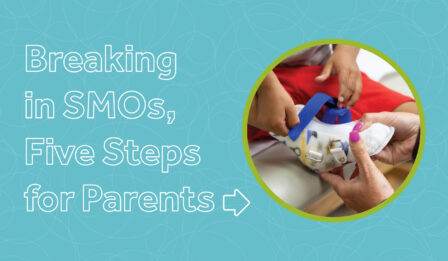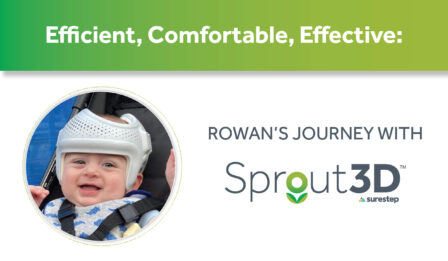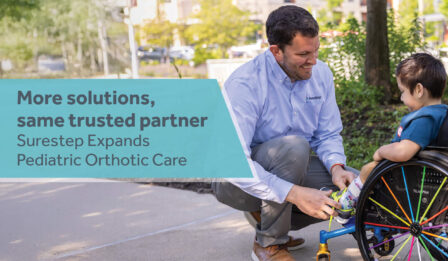AFOs Vs SMOs – Which Braces Are Best For My Child?
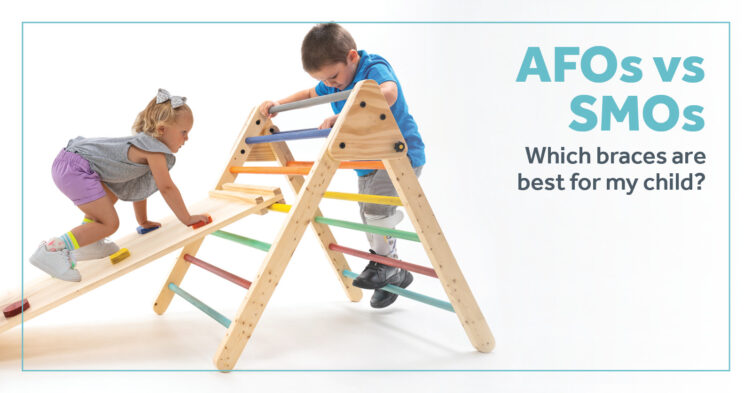
AFO braces and SMO braces.
Both have benefits. So what’s the difference between these pediatric orthoses? Which one does my child need? And why?
Your orthotist will help determine which brace is best. But if you’re the type of parent who likes to conduct your own research, this post gives you a starting point.
Who Benefits Most From AFO Braces?
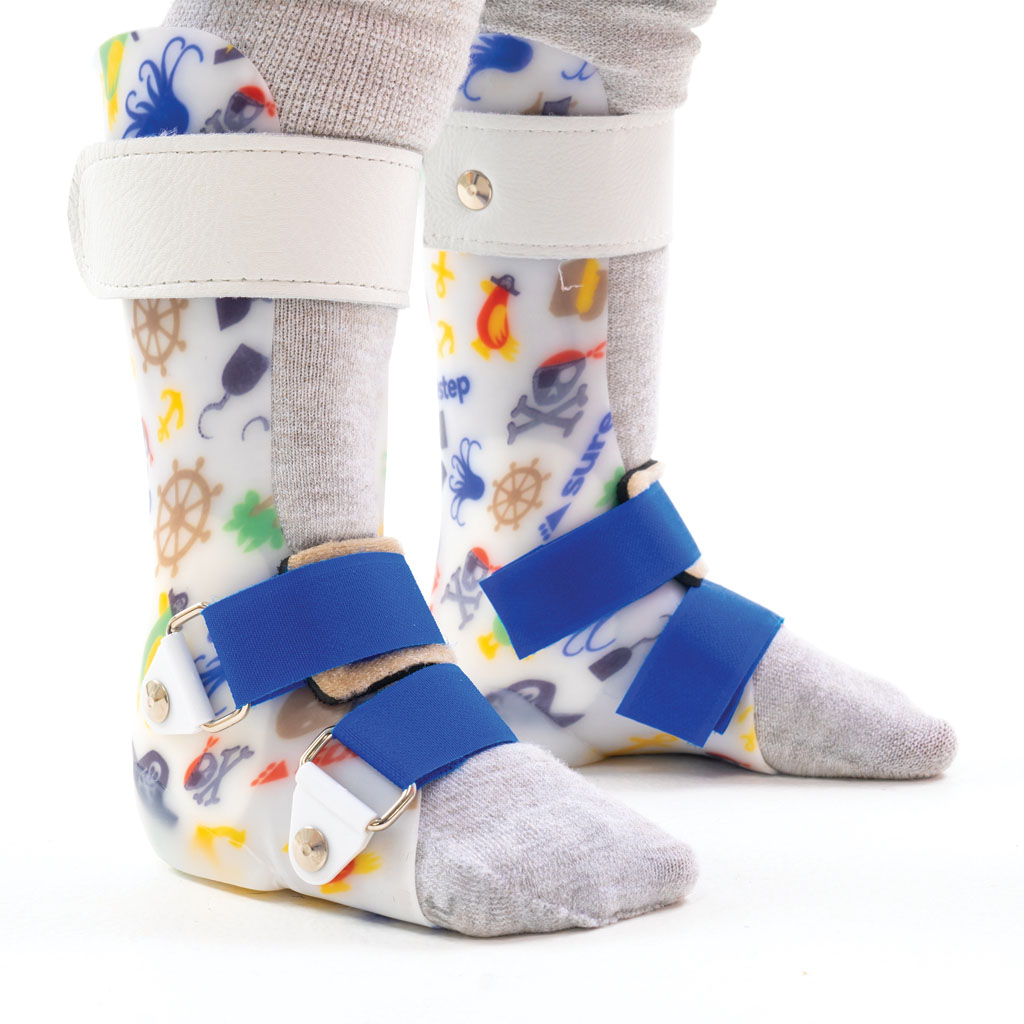
AFOs (which stands for ankle foot orthoses) are tall, stretching almost to the knee. There are many styles of AFOs, but in general, this larger design provides more control in the sagittal plane (front to back).
For kids who have hypertonia, AFOs can be especially helpful. The braces keep legs in proper alignment, minimize spastic responses, and relieve some of the tone.
In addition to foot and ankle problems, AFOs can also address issues in the knee, such as hyperextensions and instability.
Surestep is most often associated with SMOs. But we also offer a variety of AFO braces for toddlers, older kids, and even adults:
Indications that your child may need AFO braces:
- Foot/ankle instability
- Knee instability
- Hypertonia or hypotonia
- Contractures
- Drop foot
- Extreme toe walking
Who Benefits Most From SMO Braces?
SMOs (which stands for supramalleolar orthoses) are significantly shorter, typically stopping just above the ankles. This allows for more freedom of movement.
The compact design helps zero in on obstacles associated with your child’s feet and ankles. In particular, SMOs provide stability while at the same time improving alignment.
Surestep SMOs are especially effective at treating pronation, a symptom commonly found with low muscle tone. Instead of simply propping the foot arch up, our SMOs address all three components of pronation (heel, arch, and forefoot).
If your child’s challenges are limited to feet and ankles, SMOs may be exactly what he or she needs. If not, you may need to consider other options.
There’s also the possibility of pairing with another device. For example, if your child is pronating and intoeing (which is caused by a rotation of the knee and/or hips), SMOs can be worn along with Derotation Straps.
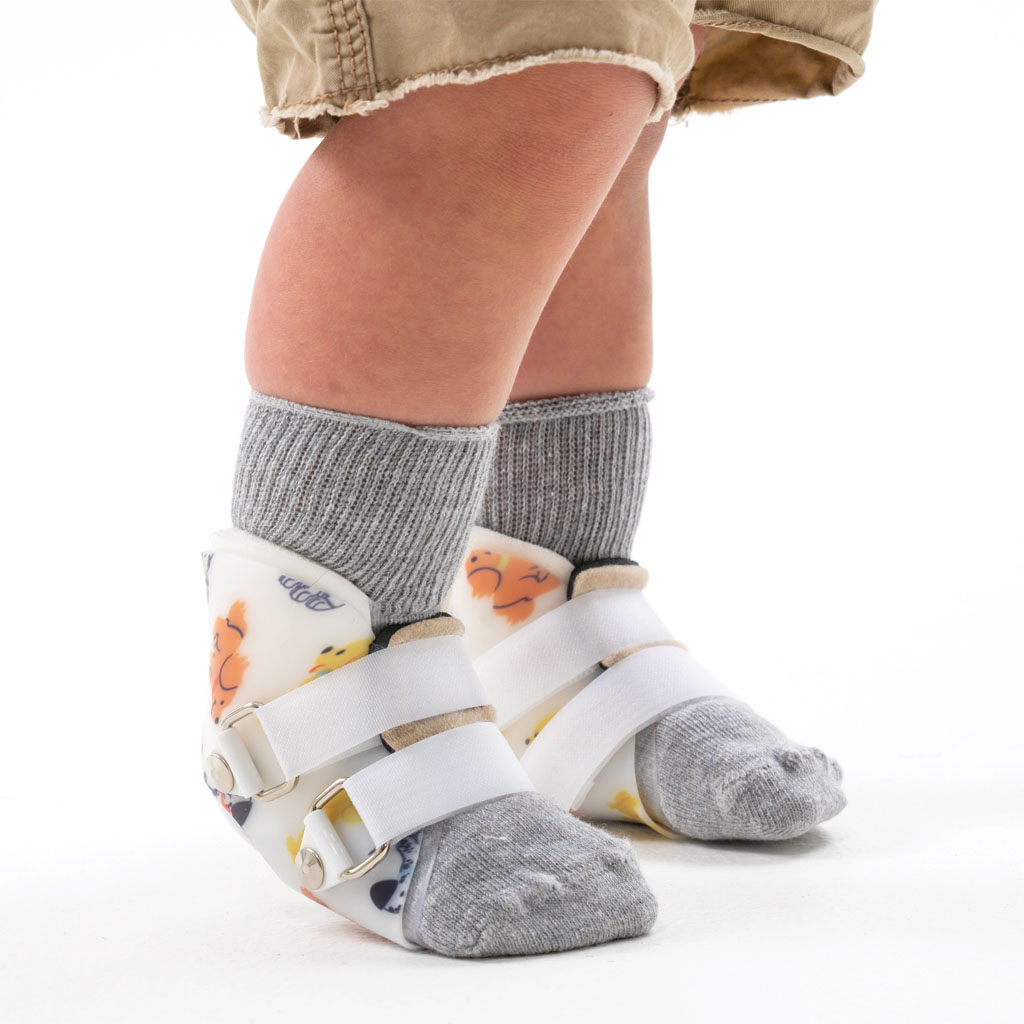
Indications that your child may need SMO braces:
- Foot/ankle instability
- Hypotonia
- Pronation
Why Not Both?
AFOs and SMOs both offer unique advantages. For some kids, the ideal solution isn’t one or the other, but both. That’s what makes the Surestep Indy 2 Stage special.
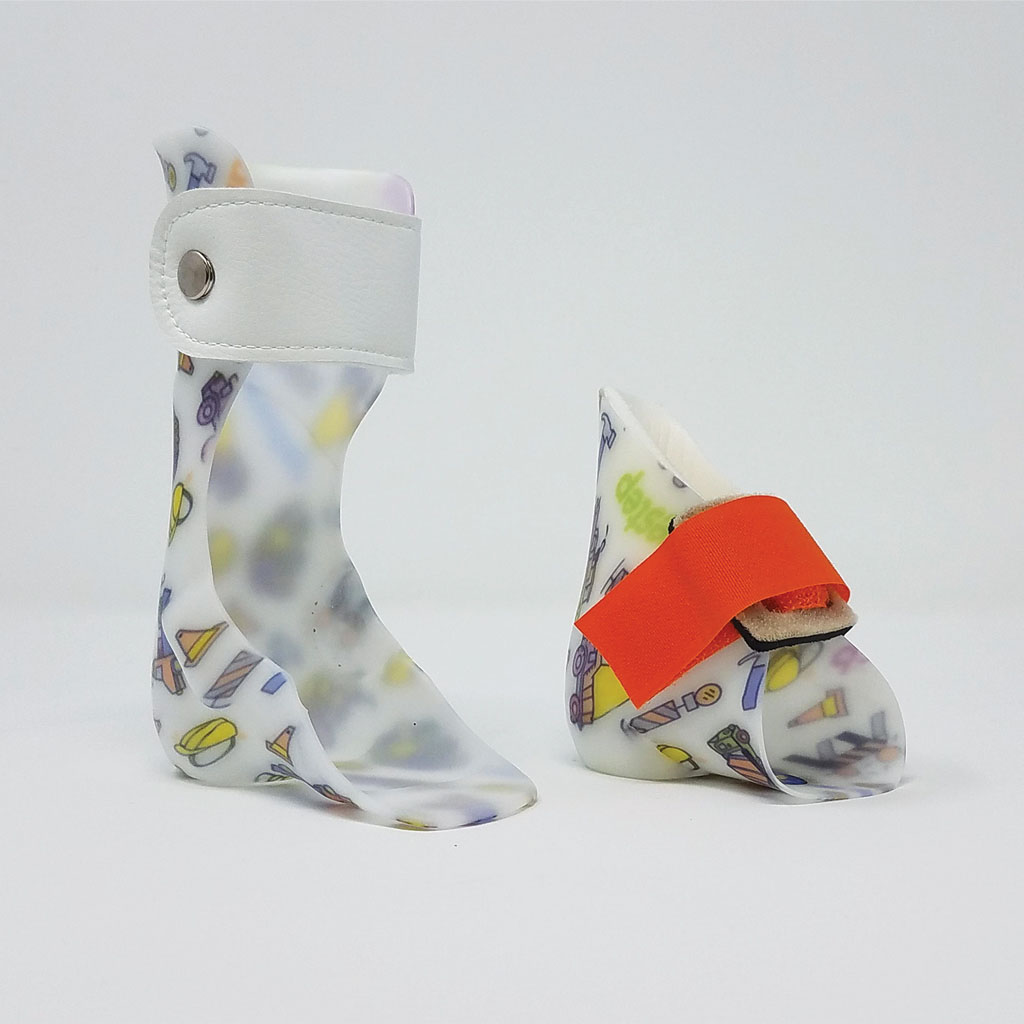
It’s an AFO/SMO combo that can be worn together as a single brace or worn as an individual SMO. This gives you the freedom to choose what is best for your child at any given moment.
Why Is Less Bracing Typically Better?
While pediatric orthotics can do amazing things for your child, there’s no need to go overboard. As a rule of thumb, less bracing is better. There are three important reasons for this:
Natural Movements
Less bracing leads to fewer restrictions. And fewer restrictions lead to more natural movements. This is important to keep in mind, especially when your child is still young and developing.
Consistent Wearing
The best orthotic isn’t one that’s perfectly suited for your child. It’s the one that actually gets worn. So if a smaller brace spends more time on your child than a bigger one, that may be the route to go.
Social Impact
Kids don’t like being labeled as different than their peers. And while there’s absolutely nothing wrong with needing custom orthotics, they do tend to get noticed. Your child may be hesitant to wear them.

And while these are all important factors to consider, underbracing causes problems, too. It’s a Goldilocks situation. You don’t want too much or too little.
How Can I Get AFOs or SMOs For My Child?
No matter where your child falls on the AFOs vs SMOs debate, the first step is getting a prescription from your doctor. With that in hand, you can schedule an appointment with your local orthotist.
Need help finding one near you?
Submit your Zip Code and email here. We’ll be happy to send you a list of offices in your area.
Will SMO Orthotics Help My Child?

